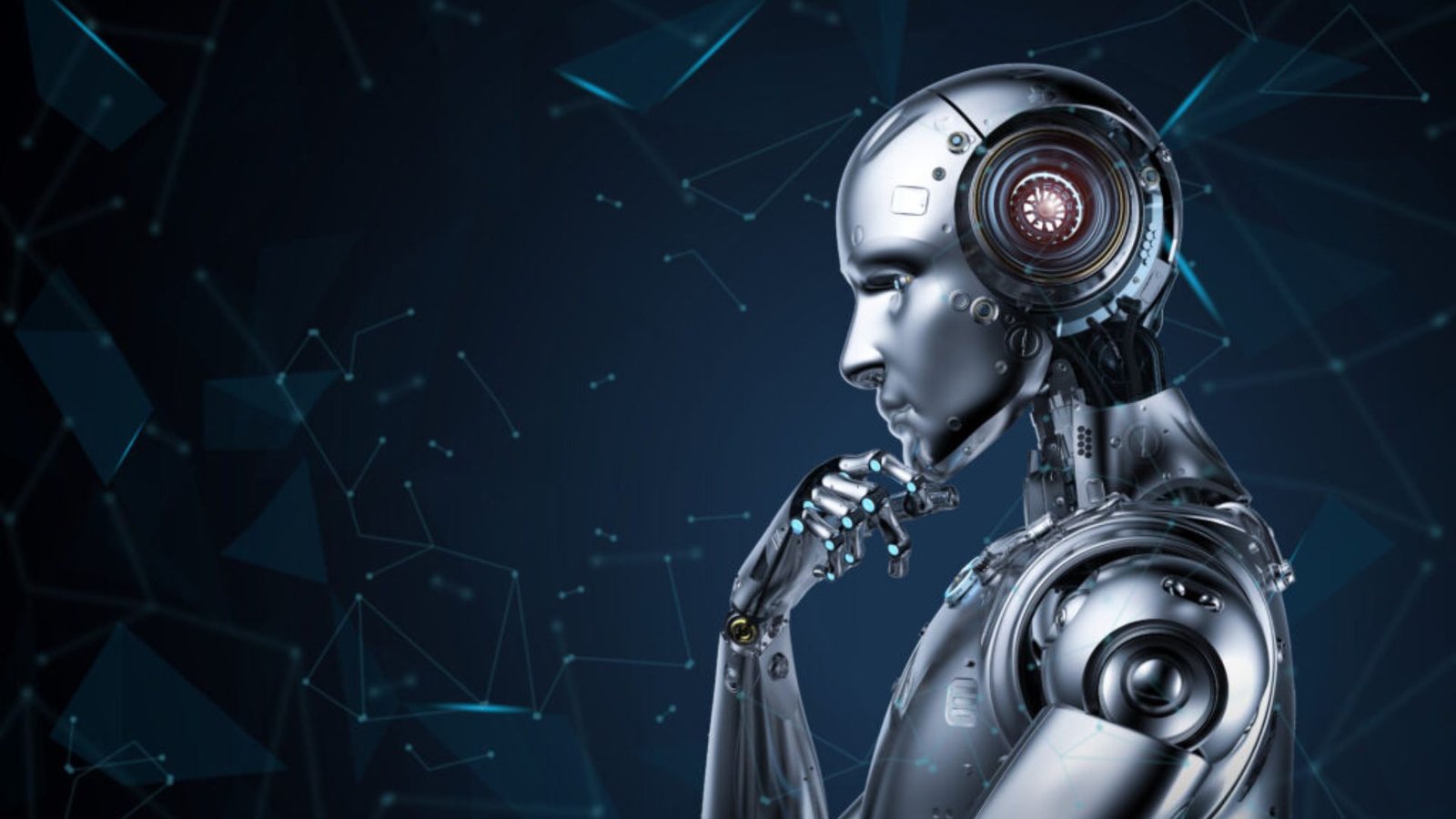How AI is Influencing Creative Industries
Artificial Intelligence (AI) is transforming various sectors, including creative industries such as art, music, film, advertising, and design. By augmenting human creativity, AI is enabling new forms of artistic expression, streamlining workflows, and unlocking unprecedented opportunities for innovation. Here’s an in-depth look at how AI is influencing creative industries:

Art and Design
Generative Art
AI algorithms, particularly generative adversarial networks (GANs), are being used to create unique and original artworks. These systems can generate paintings, sculptures, and digital art by learning from vast datasets of existing works. AI artists, such as the famous AI-created portrait “Edmond de Belamy,” are gaining recognition in the art world.
Design Automation
AI tools are streamlining the design process by automating repetitive tasks and providing intelligent suggestions. Graphic designers use AI-powered software to generate layouts, match colors, and create design elements, enhancing creativity and efficiency. For instance, Adobe’s Sensei uses AI to assist designers in photo editing and layout suggestions.
Music Composition and Production
AI Composers
AI systems like OpenAI’s MuseNet and AIVA (Artificial Intelligence Virtual Artist) can compose music across various genres and styles. These tools analyze patterns in music to generate original compositions, assisting musicians in creating new pieces or providing inspiration for their work.
Sound Engineering
AI is also transforming sound engineering by automating tasks such as mixing and mastering. Tools like LANDR use AI algorithms to analyze audio tracks and apply professional-grade mastering, making high-quality music production accessible to more artists.
Film and Animation
Scriptwriting and Storytelling
AI-powered tools like ScriptBook and Plotagon assist writers in developing scripts by analyzing successful screenplays and suggesting plotlines, character development, and dialogue. These tools help streamline the writing process and ensure that the narratives resonate with audiences.
Special Effects and Animation
AI is revolutionizing special effects and animation by automating complex tasks and enhancing realism. Deep learning techniques enable realistic character animations, facial expressions, and motion capture. Tools like DeepArt and DeepMotion use AI to create stunning visual effects and lifelike animations.
Advertising and Marketing
Personalized Content Creation
AI enables the creation of highly personalized and targeted advertising content. Machine learning algorithms analyze consumer behavior, preferences, and demographics to generate tailored advertisements that resonate with specific audiences. This personalization increases engagement and conversion rates.
Automated Campaigns
AI-driven platforms like Albert and Adext automate the creation, optimization, and management of advertising campaigns. These tools analyze vast amounts of data to determine the best strategies, optimize budgets, and adjust campaigns in real-time for maximum effectiveness.
Fashion and Retail
Design and Trend Analysis
AI helps fashion designers by predicting trends and generating new designs. Tools like Heuritech analyze social media and other data sources to identify emerging fashion trends and consumer preferences, allowing designers to stay ahead of the curve.
Virtual Try-Ons
AI-powered virtual try-on technology, such as that used by companies like ModiFace and Vue.ai, allows customers to visualize how clothes, accessories, and makeup will look on them without physically trying them on. This enhances the shopping experience and reduces returns.
Gaming
Procedural Content Generation
AI is used to create dynamic and immersive game environments through procedural content generation. Tools like Unity’s ML-Agents and OpenAI’s GPT-3 can generate levels, characters, and storylines, providing unique experiences for players.
Non-Player Characters (NPCs)
AI enhances the behavior of NPCs in games, making them more realistic and responsive. Advanced AI algorithms enable NPCs to learn from player actions and adapt their behavior, creating more engaging and challenging gameplay.
Conclusion
AI is profoundly impacting creative industries by enhancing artistic expression, streamlining production processes, and enabling personalized experiences. From generating art and composing music to automating advertising campaigns and creating realistic animations, AI is pushing the boundaries of what is possible in the creative world. As AI technology continues to evolve, it will undoubtedly open up new avenues for innovation, collaboration, and creativity, reshaping the landscape of creative industries in unprecedented ways.



